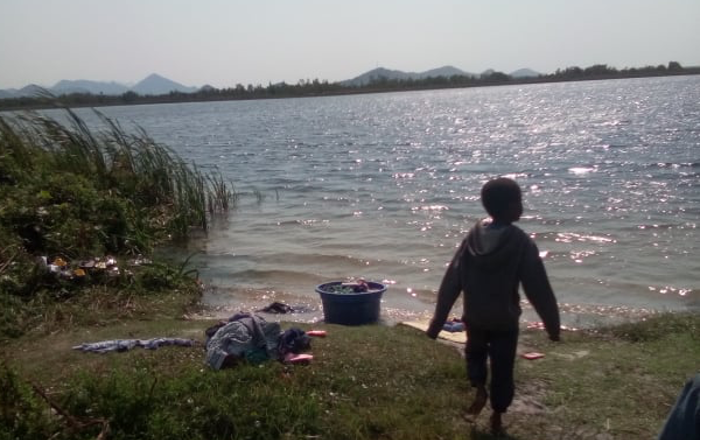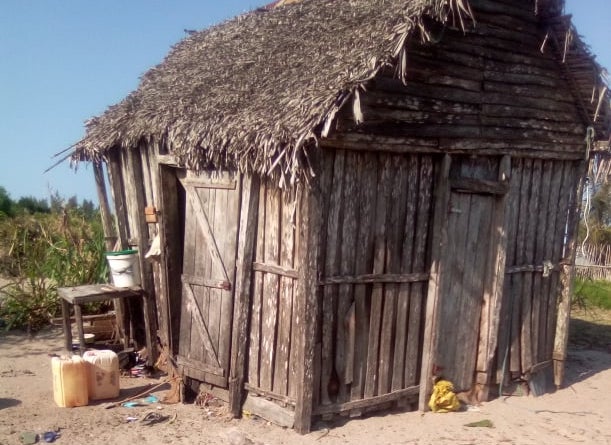
A new Rio Tinto wastewater report documents elevated levels of uranium, between 1.6-1.8 mg/L, in its QMM mine discharge waters around the Mandena site, Anosy region, in southern Madagascar.
These elevated uranium levels are consistent with previous data reported by QMM and that form the basis for studies undertaken by ALT UK. These data confirm that the QMM mine is contaminating the local environment, and waterways where villagers collect their drinking water, with concentrations of uranium more than 50 times the WHO guidelines (that provide a limit of 0.03 mg/L of uranium content) for drinking water to be safe.
The RIO Tinto/QMM wastewater report states “No discharge limit is prescribed for uranium,” i.e., no limit has been set by the Malagasy Government. However, Rio Tinto asserts that when national standards are less strict than international ones, they will apply international standards.
Lead concentrations in QMM discharge water are also above WHO guidelines. Additionally, the new data expose levels of cadmium and aluminium in QMM mine discharge waters that exceed even the less strict Malagasy guidelines. No mitigating measures are advanced by QMM other than to extend settling ponds, and thereby move the monitoring position for discharge waters.
see our QMM Water Briefing here
and 2021 Investor Briefing for more info and links here
ALT UK has yet to undertake a full analysis of the new data and report, and there are questions regarding QMM’s water management, specifically whether the discharge of wastewater through a series of settling ponds is successfully removing contaminants before mine waters are released into the environment, and thereby able to reduce contamination of downstream waterways. There is currently no evidence to suggest the settling ponds do remove the heavy metals, and Rio Tinto has conceded as much. Current studies have shown that the QMM mine operation has a detrimental effect on regional water quality (Emerman 2019; 2020).
There are questions too about the long-term impacts on the environment from QMM’s discharge of wastewater, and under what circumstances the contaminants stored in wetland sediments (in paddocks/settling ponds) could be mobilised into the downstream waterways.
The concentrations of uranium and heavy metal levels present in discharge wastewater from the QMM mine and that are being released into the environment pose serious health threats for local people.
The Andrew Lees Trust together with Publish What you Pay in UK and Madagascar, and Friends of the Earth, has lobbied Rio Tinto since 2019, advocating the provision of safe drinking water to affected communities, and improved management of QMM wastewater. It has also demanded greater transparency over water quality, and open communications on the mine’s impact on the environment (e.g. radioactivity levels).
It should be noted that, as a member of the ICMM, Rio Tinto is obliged to implement global industry standards on mine tailings by 2023.

(PCQVP MG 2020)
Outstanding questions about QMM’s breach of an environmental buffer zone, radioactivity levels and water quality around the QMM mine, together with delays in data sharing and withholding information has deepened a trust deficit in Rio Tinto’s commitments towards human rights and the environment.
